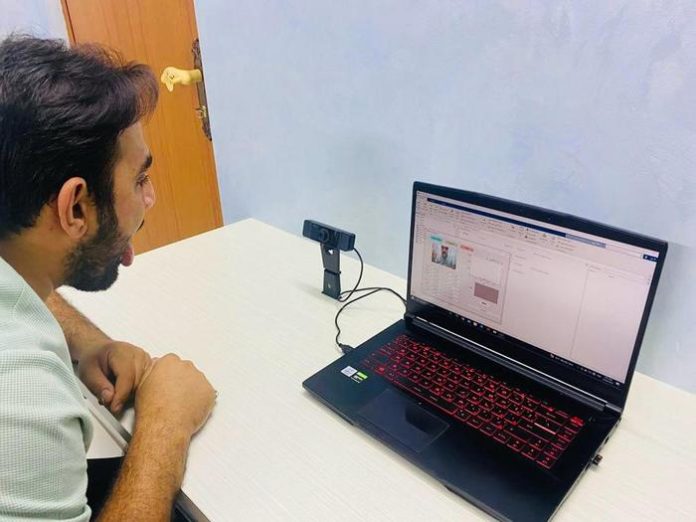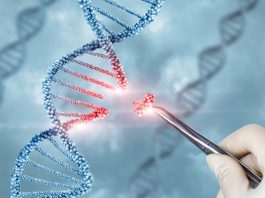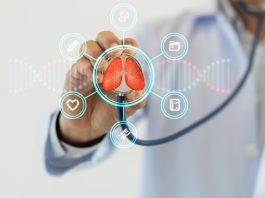A groundbreaking machine learning algorithm has demonstrated an impressive 98% accuracy in diagnosing various diseases by analysing the colour of the human tongue.
This computer algorithm, developed by researchers from Middle Technical University (MTU) in Iraq and the University of South Australia (UniSA), marks a significant advancement in medical diagnostics, bridging traditional methods with modern technology.
How the machine learning algorithm works
The imaging system leverages advanced machine learning techniques to analyse tongue colour, a method historically rooted in traditional Chinese medicine, where the tongue’s appearance has long been considered indicative of overall health.
By examining the colour, shape, and thickness of the tongue, the algorithm can identify a range of conditions, including diabetes, stroke, anemia, asthma, liver and gallbladder issues, COVID-19, and various vascular and gastrointestinal diseases.
In a series of experiments, the research team trained the machine learning algorithm using 5,260 tongue images.
These images were used to teach the machine learning algorithm to accurately detect and predict the presence of specific diseases based on tongue coloration.
The model was tested with 60 images from patients in two Middle Eastern teaching hospitals, successfully matching tongue colour with the correct diagnosis in nearly every case.
AI meets ancient practice
The study highlights the potential of AI to revolutionise diagnostic methods. Adjunct Associate Professor Ali Al-Naji from MTU and UniSA, a senior author of the study, emphasised that AI is essentially modernising a 2,000-year-old diagnostic practice.
“The colour, shape, and thickness of the tongue can reveal a litany of health conditions,” Al-Naji explained, noting how specific tongue colours are associated with different diseases—yellow for diabetes, purple for cancer, and deep red for severe COVID-19 cases, among others.
Future applications
The study’s findings suggest that disease detection could become more accessible and efficient in the future.
Co-author Professor Javaan Chahl from UniSA indicated that the team envisions using smartphone technology for tongue-based diagnostics.
This would allow individuals to receive real-time health assessments using just their phones, making healthcare more accessible, especially in remote or underserved areas.
“These results confirm that computerised tongue analysis is a secure, efficient, user-friendly and affordable method for disease screening that backs up modern methods with a centuries-old practice,” Chahl added.
As the technology continues to evolve, this machine learning algorithm represents a significant step forward in the integration of AI into everyday healthcare.
By combining ancient diagnostic techniques with cutting-edge AI, this system offers a promising new tool for early disease detection and management.
The potential for widespread use through accessible platforms like smartphones could democratise healthcare, providing quick and accurate diagnostics to millions of people worldwide, ultimately improving health outcomes and reducing the burden on healthcare systems.









